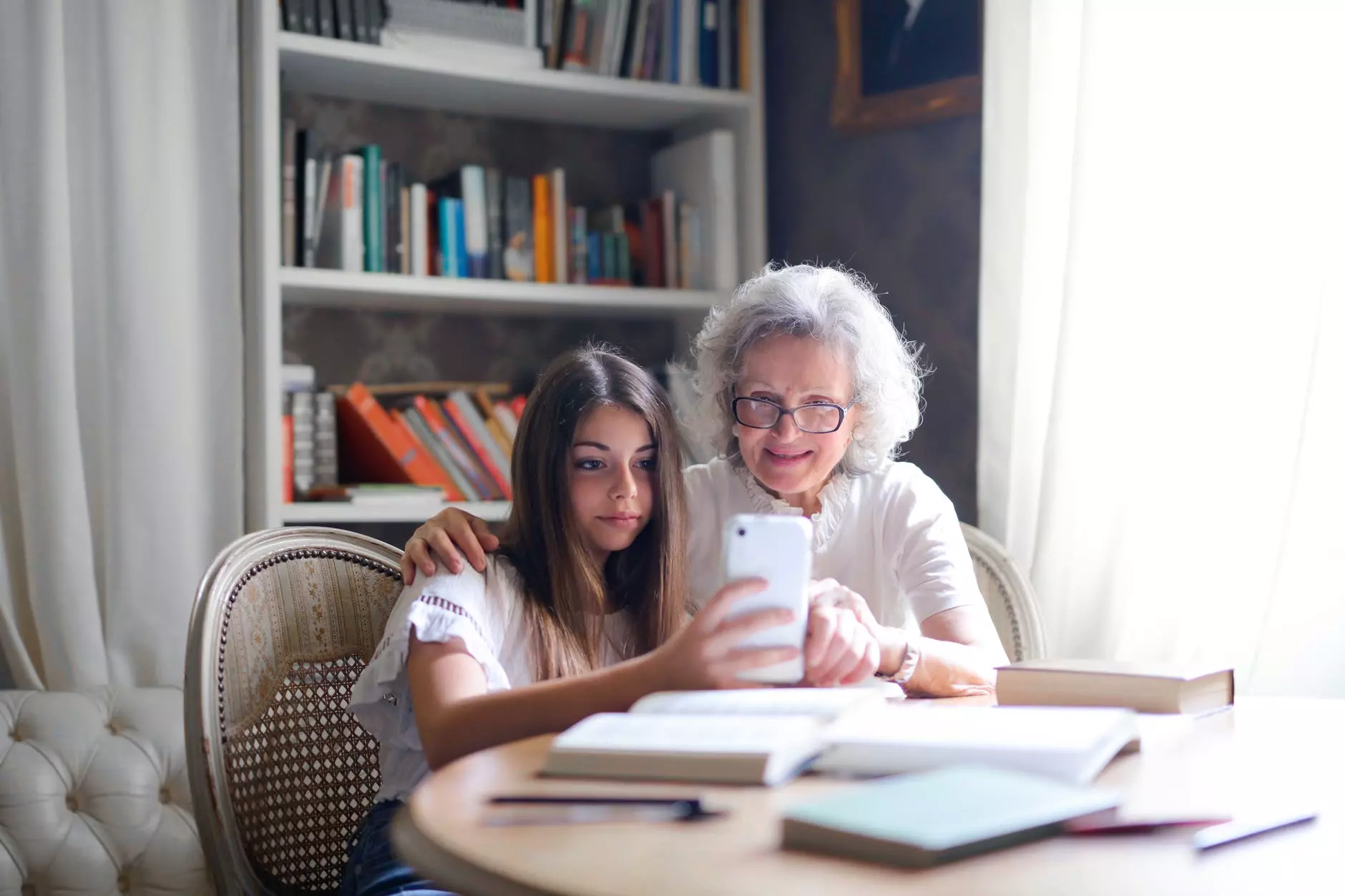Short Medical Guide for People with Vision Difficulties
2020-04-22 | By Orcam Staff

As we age, the risk of eye disease and vision loss from eye disorders like glaucoma and macular degeneration increases. It’s common for many people to only think of the elderly as having vision difficulties. However, what most people don’t know, is that early signs of glaucoma and macular degeneration can be detected in your 50’s.
Eye examinations are Important

Early detection, treatment, and lifestyle changes are key to decreasing the chances of vision loss due to an aging eye disease. Not every person will immediately progress to become visually impaired from an eye disease or condition. But many will complain of vision difficulties such as problems with reading, night vision, glare sensitivity, loss of a portion of their vision or distortion. As such, both Optometry and Ophthalmology organizations recommend low vision rehabilitation services at the first moment that someone with an ocular disease diagnosis complains of a functional problem with their vision.
Many people are scared and nervous when they hear they have been diagnosed with a potentially sight-threatening eye condition, and rightfully so. However, many dismiss their symptoms of vision difficulties as just needing a new glasses prescription and go on a search for that perfect pair of eyeglasses. Or wanting a new medication or treatment. Most of the time, this doesn’t lead to good results. Giving more frustration, depression and decreased quality of life. In fact, the Low Vision Intervention Trial (LOVIT) study showed that delaying low vision treatment can decrease visual functional abilities and treatment should be received as soon as possible.
Terminology of Vision Difficulties

The term, “Low Vision” might turn people away or scare them. This I why people in the medical field are changing their terminology to reflect something more positive and now favor the term “Vision Rehabilitation”. Whichever term your eye care professional uses, a vision rehabilitation evaluation with a specialist is nothing to be nervous about.
The exam is an in-depth look at your vision and is a problem-focused exam surrounded by a person’s goals and needs. Solutions for functional vision difficulties and problems may include microscopes, magnifiers, filters, aids, devices or even technology. It’s about finding the right solution for the individual and also to be open to something new.
The importance of early intervention of vision difficulties and eye diseases cannot be understated. Some eye doctors now even refer to vision rehabilitation at the first sign of an eye disease. From my experience, the earlier someone is exposed to what solutions there are, the better. The same goes for introducing assistive technology which is why I introduce it early on.
Available Solutions and Tools

The most advanced assistive technology solution for people with vision difficulties is the OrCam MyEye device. A miniature, portable, lightweight, wearable device that can attach to any pair of eyeglasses. Using simple and intuitive hand gestures allows for it to be used by people of all ages.
The device translates visual data into audible information. Features include text reading from both printed and digital surfaces. Barcode recognition, personal items, and product identification and even facial recognition. In addition, it can identify colors and money bills.
OrCam MyEye does not require an internet connection during its use. Bluetooth enabled earphones can connect to it, in order to allow users the privacy they need while using the device. Specific Bluetooth enabled hearing aids can connect to the device as well.



